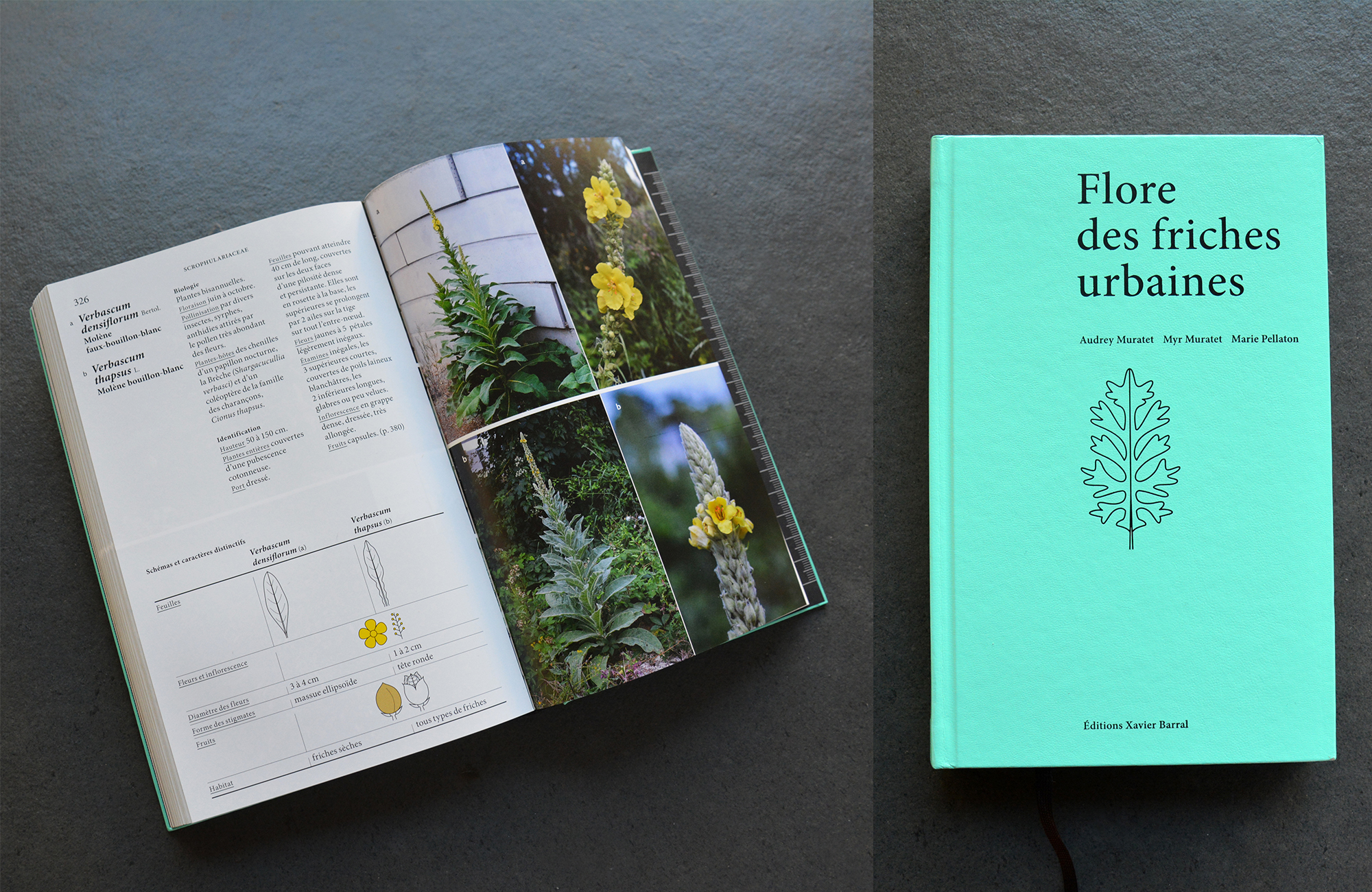Since the delivery of the Boulogne Biodiversity School in 2014, ChartierDalix has approached the Ile-de-France Regional Agency for Biodiversity (ARB) so that an inventory of biodiversity could be drawn up.
In 2016, as part of the GROOVES (Green ROOf Verified Ecosystem Services) research programme, Audrey Muratet, an ecologist and botanist, carried out an initial survey of the fauna and flora on the planted areas and walls. Her report shows that of the 114 species recorded, 44 are from the original plantations and 70 are spontaneous species. This first step was a milestone in the monitoring of the school: others must follow in order to better understand the evolution of the environment over time and to be able to draw lessons for the future.

Today, we are continuing the inventory: new species of bats have arrived, chickadees, etc. It's a living thing that is gradually taking its place in this area, even if we have to be vigilant to protect this dynamic.
The site has been the subject of exhaustive floral and faunal surveys every year. Observations of the evolution of the habitats, as well as opportunistic data, were carried out by Aurélien Huguet during site visits.
In 2022, a complete diagnosis is established by Aurélien Huguet Ecologie and Ecolo GIE.
The environments implemented - hay meadow, prairie hem, fruit trees, deciduous woodland, low walls and old wall constructions - offer an incomparable potential for biodiversity compared to the usual extensive or semi-intensive green roofs in terms of specific diversity, biomass, complexity of biological assemblages and the heritage interest of habitats and species. But they imply restrictions on use, architectural inventions and original implementation methods that call on a culture of conservation biology and ecological engineering techniques. Choices are made which will favour certain species to the detriment of others. They must be guided by effective monitoring of the site's biodiversity.
Since its construction, the school has been the subject of very strong observation from 2016 to 2021, with a total of 856 observations reported by a dozen observers. These extensive inventories carried out by various groups have enabled 207 plant species and 138 animal species to be recorded.
With 345 species recorded, the biodiversity of the building is comparable to that of an urban park.
However, the high turnover shows the evolution of the species assemblages in relation to the genesis of these environments created by man: first of all, the flora voluntarily implanted by the project management operations is visible. Then numerous spontaneous, pioneer, adventitious and ubiquitous plant species colonise the site and try their luck in the first few years in the vacant ecological niches, thus increasing the observable diversity. Then comes the time of selection by competition, reducing the flora to species capable of maintaining themselves. Finally, once these environments have stabilised, it is time for the diversification of plant communities, through spontaneous colonisation or through development and management actions in favour of biodiversity.
As far as fauna is concerned, it is of course the individuals with the ability to move by air that have most easily colonised this site perched 14 metres high.
Each season brings new observations that testify to the fragility of these ecosystems, which must continue to be supported and strengthened.